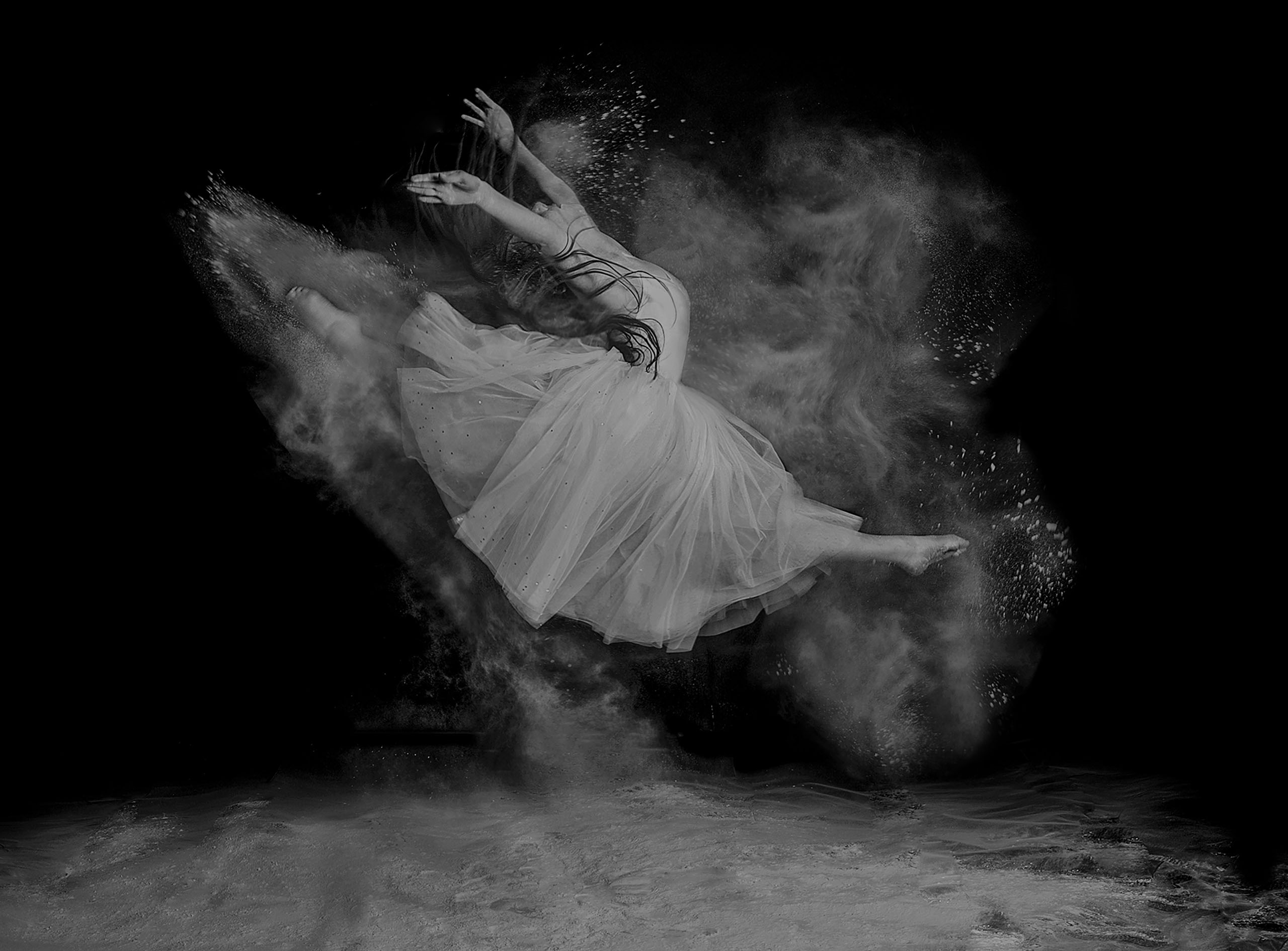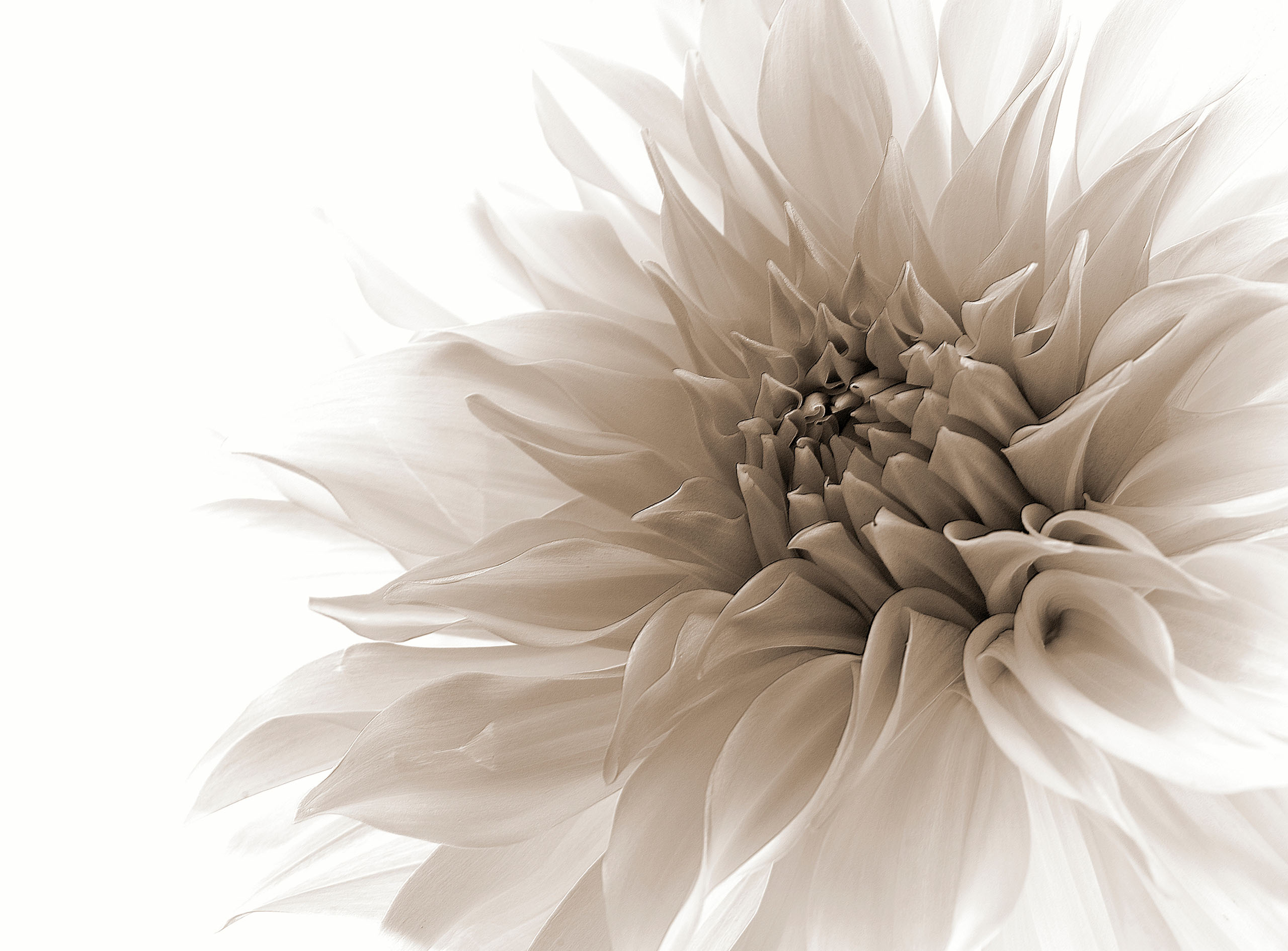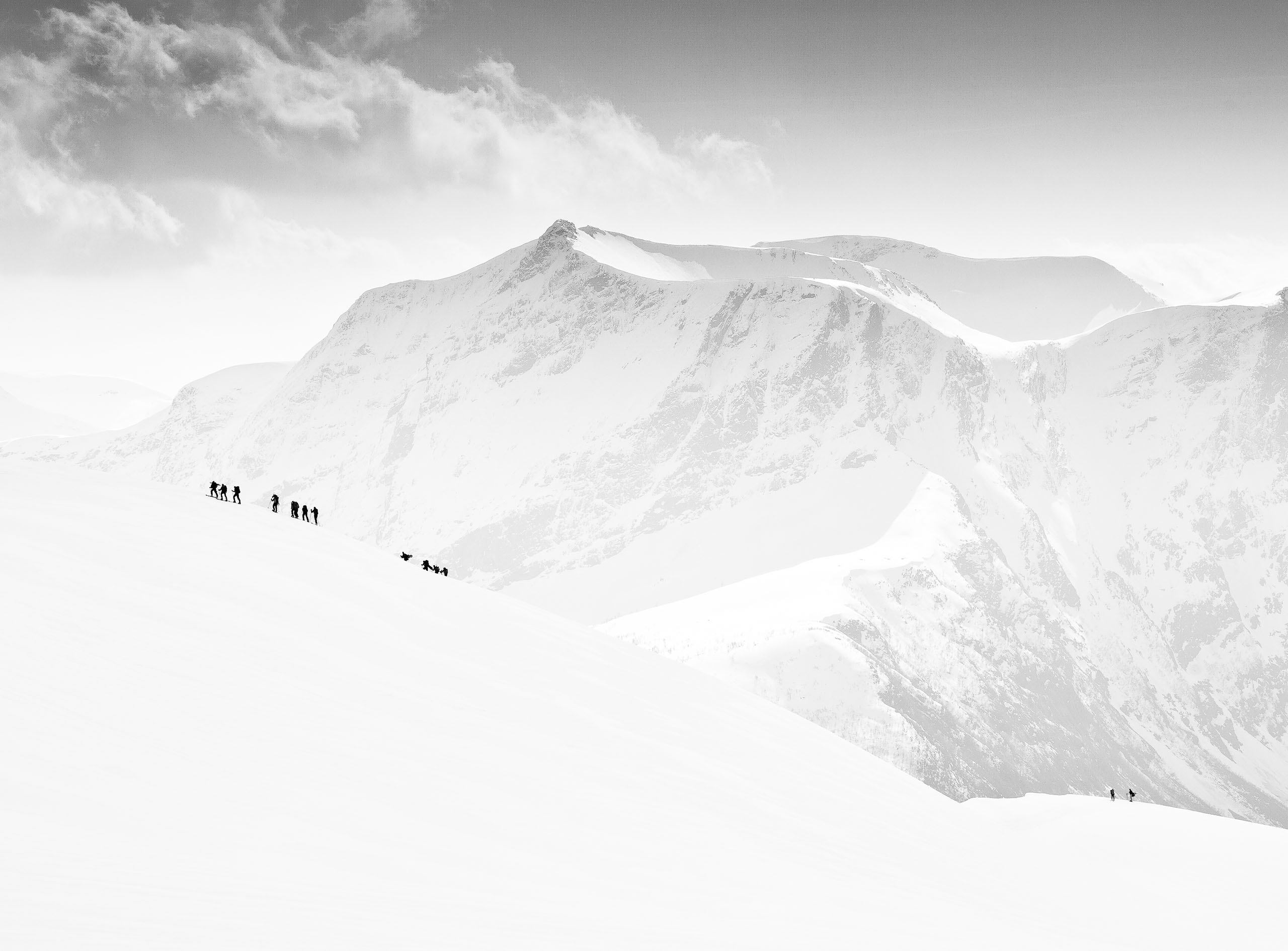SEARCH






|
|
|
|


by Yvette Depaepe
Published the 10th of November 2025
Moucorn's excellent and substantial body of work is well thought out and meaningful. He prioritizes atmosphere and storytelling above all else. He believes that narrative is the most important element in photography and that ambiguity and abstraction emphasize mood and story by leaving room for the imagination. Join me as I take you on a journey to discover the inner world of the artist behind these unique photographs.
‘Vague memory’
First of all, thank you for taking the time to answer this questionnaire. Could you please start by introducing yourself briefly, telling us about your hobbies, and describing any other projects you are involved in?
My name as a photographer is Moucorn. I have been taking photographs for over 40 years in the Tokyo area of Japan, ever since the film era. My main profession is driving transformation within client organisations, so I am not a commercial photographer.
For many of us, photography is a hobby or a way of life. How would you describe your relationship with photography?
To me, it is an attempt to observe the world, discover stories within it and interpret them in my own way before communicating them back to the world. The insights gained from the entire photographic process are universal and have the power to enrich not only my work and relationships with others, but also life beyond photography. It’s also a way to understand myself more deeply.
‘Hallway’
What has been the most important experience to influence your journey in photography so far?
Although I have been taking photographs since the film era, the emergence of Instagram was a turning point that drastically changed my approach to photography. While today it is often seen as a platform for showcasing lifestyles, in its early days it felt like a creative space where photography enthusiasts could share interesting work and unique ideas. Back then, smartphones like the iPhone 3G had poor camera specifications — low resolution and colour reproduction and lots of flare. However, when I cropped scenes into stylish squares and applied strong edits, something magical happened: cool, innovative works were born.
‘Walkers’
I was amazed by how expressive techniques, once confined to the darkroom, were now accessible and liberating for everyone. This significantly changed how I approached photography. Another major realization was that the process of cropping a scene, finding meaning in it, enhancing it through editing, and presenting it as a work of art isn’t limited to photography. It’s a universal skill needed to convey one’s intentions clearly—whether in everyday conversation or business presentations. This led to a cycle where experiences and insights from photography positively influenced other areas of my life and work, and vice versa.
‘One minute into the future’
Describe your overall photographic vision.
My vision is to discover stories in the world around me, extract them and add a touch of dramatisation and direction before presenting them. I personally enjoy interpreting photographs using my emotions and imagination to uncover their meaning and narrative.
I hope that viewers of my work can enjoy it in the same way. Rather than showing everything explicitly, I prefer to leave room for interpretation. I believe a photograph reaches its full potential when the viewer’s imagination fills in the gaps.
‘Night subway’
What is it about architecture and abstract photography that you find so appealing?
Although I shoot various types of photography, I often choose architecture and distinctive locations because they inherently tell stories. Tokyo, with its long history and having hosted the Olympics twice, is a city where traces of the past are difficult to find.
However, if you look closely enough, you can still spot remnants of the samurai era, the chaos of the post-WWII period, the rapid economic growth and the scars of the bubble collapse.
‘Memories of the hot summer’
By placing people within these scenes, I can emphasize and direct the narrative while adding geometric intrigue through buildings and structures. My photographic work integrates abstract components to encourage individual interpretation by viewers. I experiment with out-of-focus effects, different types of blur and combining multiple images to increase the level of abstraction slightly.
‘Alone in the innovation city’
Which is more important to you: the mood/story behind your images, or technical perfection?
I prioritize atmosphere and storytelling above everything else. I believe that narrative is the most important element in photography, and that ambiguity and abstraction emphasize mood and story by leaving space for imagination.
‘Ambivalence’
Which is your favourite photo? Please tell us the story behind it.
I’d like to share three photos that I took near a famous intersection in Ginza, Tokyo, in the summer.
Ginza is one of Tokyo’s most iconic and historic entertainment districts and is often featured in films, TV dramas, novels and songs. You might know about Godzilla, Japan’s famous giant monster. Whenever Godzilla attacks Tokyo in films, he always passes through this intersection – it's that well-known!
When I found a spot from which I could look down on the intersection from almost directly above, with the rooftop of the building opposite looking like a miniature garden, I thought I could use it to depict human emotions in an urban setting: pride, anxiety, loneliness and stress.
‘Red Impact’
‘Multiple points of view: Loneliness descended’
‘Treacherous mind’
Do you carefully prepare the locations where you intend to take photographs?
I usually scout locations based on three main criteria, often conducting multiple visits before shooting:
For example, the theme of a piece I exhibited at the very first 1X exhibition in Japan was the ever-changing city and its inhabitants. I spent time finding a location where I could capture a person inside a new building, reflections of old townscapes in glass and a construction site in one composition.
‘translucent’
In another case, a large commercial building constructed in the 1970s was closed in 2021 for redevelopment. However, the project stalled due to escalating construction costs, resulting in a partial reopening. I sensed a unique atmosphere in the old, dark lift hall and created a fantasy-occult-style collage.
‘Cleaning up’
I placed a young couple in a housing complex built between the 1950s and 1970s to support Tokyo’s post-war economic boom and population growth, to highlight the irreversible flow of time. I would like to express my gratitude to my friends Shohei and Rio for their support during these shoots.
‘Life’s a series of choices’
Which photographers or mentors have influenced you, and whose work do you admire?
Childhood experiences often leave a deeper impression than things learned in adulthood. After I had been taking photographs for a while, I came across a photo book by Shoji Ueda, who is renowned for his work in Ueda-cho. I was surprised to find that everything I thought was cool was already there. Ueda spent his later years shooting fashion and advertising photography, and I must have seen those works as a child. I thought they were strange at the time, but I was unknowingly absorbing their influence.
‘Portrait of rainy Tokyo city’
His sand dune series features models arranged like objects within expansive compositions. It exudes gentleness and playfulness, geometric intrigue and surrealism. — make his photos mysterious and fun and encourage you to think about their meaning. Although today's digital tools allow us to do many things, I feel that much of what I want to achieve aligns with the spirit of Ueda-cho.
‘Distance’
Where do you look for inspiration, and what inspires you most?
I often find inspiration in non-photographic areas such as music, painting, film and modern art. Once I have decided on a theme for a shoot, I look for music that matches the image, and then plan the shoot based on the mood of that music. I find it fun to think about how to incorporate impressions from music or painting into photography.
‘I think I hit the wall’
Again, childhood experiences influence my current expression. My preference for dirty or decaying towns and the idea that meaning can change depending on the viewer’s interpretation likely stems from the strong impression left by the movie Blade Runner. As for composition, I’m consciously influenced by Hokusai, the ukiyo-e artist from Japan’s Edo period. Though a uniquely Japanese print style, Hokusai’s works can be seen as street photography with unexpected compositions.
‘Red blocks’
Now that we're coming to the end of this interview, could you tell us about any photography projects you'd like to be involved in?
Recently, I’ve been experimenting with different types of collage. I’m exploring whether combining photos with different stories or messages can create a more layered and surprising expression.
‘Embracing the freedom of a rainy day’
Is there anything else you would like to add? What do you think about using 1X to showcase your work?
I believe that 1X is the platform where I can receive the most feedback and benchmark my work. Benchmarking enables me to adapt my work so that it is more widely appreciated, or conversely, to recognize and further develop my unique sensibilities. I want to continue using 1X as a benchmark to try out new styles and ways of expressing myself.
‘Red Tray’
Many thanks for this insightful interview, Moucron!
 | Write |